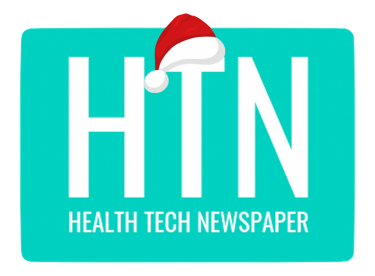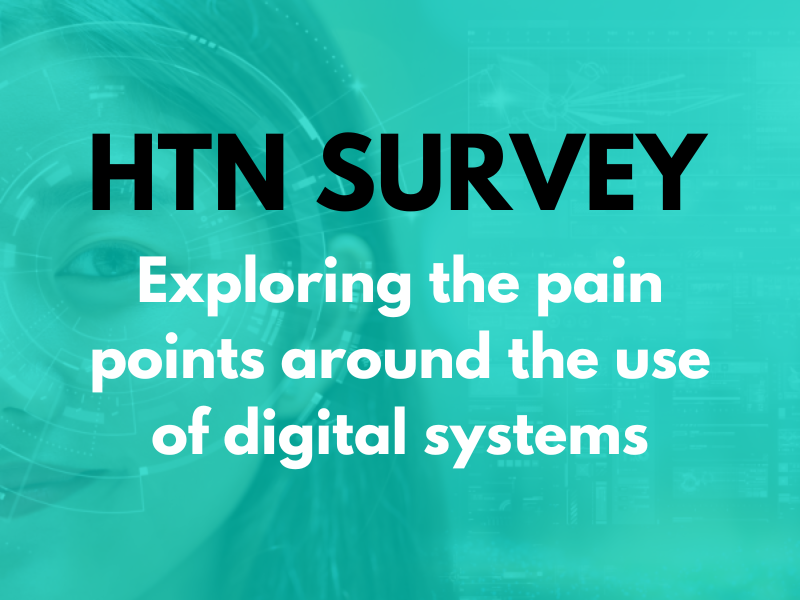By Aimee Wilde, Partnerships Lead, Accurx
Amongst many other competing and urgent priorities, elective recovery is on the minds of most acute leaders right now. Restoring performance on the 18 week standard for elective care is also a central health priority for the Government and NHS England. The publication of the Elective Reform Plan in January and the recent planning guidance underlines this.
However, a recent Carnall Farrar and NHS Confederation Report has spelled out the scale of the challenge in achieving the elective targets. By the end of 2029/2030, trusts will need to be doing 20% more activity every year than last year’s. It’s understandable that acute leaders will be feeling concerned, facing uncertainty on long term funding and elective payment mechanism reform, all with a stretched, burnt out workforce.
The question therefore is, how can those who are tasked with improving elective recovery create additional capacity within their services, to make progress on the backlog – today? Below we set out a few practical examples of where we’ve seen services doing this, through using tech to reform how care is delivered.
Convert unnecessary face-to-face appointments to messaging
With resources stretched, acute leaders must look to create new capacity to tackle the backlog, by challenging traditional ways of working and embracing tech. The fastest and most impactful way to do this is through reducing unnecessary face-to-face appointments and converting them to messaging where possible.
In primary care, we see that up to 40% of inbound requests from patients into their GP practice don’t require an appointment. That’s a huge reduction in unnecessary appointments, and a huge increase in capacity to see more patients, sooner, or spend longer with existing patients. The productivity improvements are hard to ignore, and so is the impact on staff morale when they get more time to care for patients who need it.
For patients, it’s also incredibly frustrating attending a face-to-face appointment that feels unnecessary, especially given the associated costs like transport, lost time, and lost work hours. The Elective Reform Plan aims to make care “look and feel different” for patients, as well as empower them and reform care delivery. One of the best ways to make all of this a reality is by streamlining and modernising how patients receive care. Digital platforms play a crucial role in this by allowing information to be collected from and shared with patients without needing to be seen face-to-face.
‘Take the best to the rest’ – three examples
1. Virtual clinics
A great example of this approach is at one acute trust’s virtual fracture clinic. Previously, all A&E patients were immediately booked into trauma & orthopaedics for a follow-up appointment, which often only served to direct them to other appointments like physiotherapy or cast adjustments. By implementing a virtual fracture clinic, patient cases are now triaged remotely by specialists without the patient being present. This enables efficient decision-making, reducing the time needed for decisions by half compared to in-person appointments. As a result, the orthopaedics team can now care for an additional 300 patients per month.
2. Long-term condition management
For patients with stable, long-term conditions, such as those on DMARDs for rheumatoid arthritis, frequent follow-up appointments may not always be required. An audit by the rheumatology service at North Bristol NHS Trustfound that in 80% of face-to-face appointments, no change was made to the patient’s medication or treatment plan. Cancelling or instead sending the information communicated in these appointments digitally, e.g. through SMS messages, would save significant time for both patients and clinicians.
3. Post-procedure follow-up
Post-procedure follow-up appointments can also often be replaced with digital communication, through patients providing key information by answering questions in a digital form about their status and recovery. At one acute trust, 49% of spinal injection follow-up appointments were replaced with a simple questionnaire sent out eight weeks post-injection, asking whether the treatment was successful in reducing patient’s pain and whether they still require a follow-up appointment. Patients who didn’t need their appointment are either moved to a PIFU pathway or discharged, freeing up significant amounts of staff time.
Keep challenging traditional care models
Ultimately, we won’t get ahead of elective demand by doing more of the same. By challenging the necessity of traditional outpatient appointments and embracing digital platforms, acute services can streamline care, improve patient experience, and release capacity to tackle the elective care backlog. If even 15% of outpatient appointments can be released, the impact felt by patients and across the acute sector will be significant.





